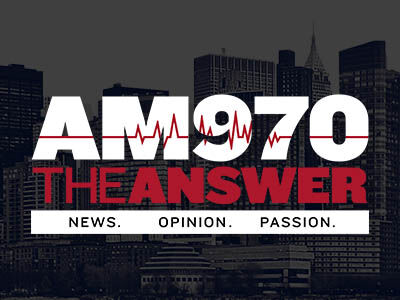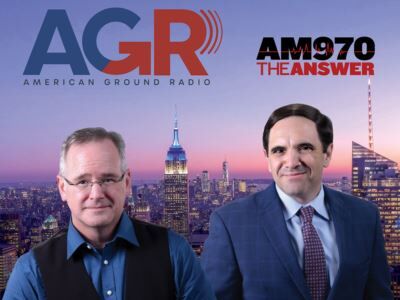The Leonid meteor shower peaks as the supermoon wanes
News > Top Stories

Audio By Carbonatix
7:21 AM on Thursday, November 14, 2024
By CHRISTINA LARSON
WASHINGTON (AP) — It's a treat to see a supermoon. But that bright glowing orb will still be almost full when the Leonid meteor shower peaks this weekend, likely obscuring all but the brightest meteors in most locations.
The Leonids are known for their high-speed meteors, which can travel at up to 44 miles per second (70 kilometers per second).
"Unfortunately this year, the viewing conditions will be affected" by a nearly full moon, said Shyam Balaji of King's College London. “Watching during the early morning hours, when the moon is lower in the sky, can improve your chances of seeing more meteors."
This shower may result in around 15 visible meteors per hour under ideal viewing conditions.
This year’s peak activity on Sunday will happen when the moon is 98% full. The shower lasts through December 2.
Here’s what to know about the Leonids and other meteor showers.
Multiple meteor showers occur annually and you don’t need special equipment to see them.
Most meteor showers originate from the debris of comets. The source of the Leonids is the comet Tempel-Tuttle.
When rocks from space enter Earth’s atmosphere, the resistance from the air makes them very hot. This causes the air to glow around them and briefly leaves a fiery tail behind them — the end of a “shooting star.”
The glowing pockets of air around fast-moving space rocks, ranging from the size of a dust particle to a boulder, may be visible in the night sky.
Meteor showers are usually most visible between midnight and predawn hours.
It’s easier to see shooting stars under dark skies, away from city lights. Meteor showers also appear brightest on cloudless nights when the moon wanes smallest.
And your eyes will better adapted to seeing meteors if you aren’t checking your phone.
The meteor society keeps an updated list of upcoming large meteor showers, including the peak viewing days and moonlight conditions.
The next big one is the Geminid meteor shower, which peaks in mid-December.
___
The Associated Press Health and Science Department receives support from the Howard Hughes Medical Institute’s Science and Educational Media Group. The AP is solely responsible for all content.







